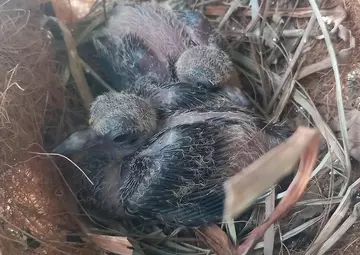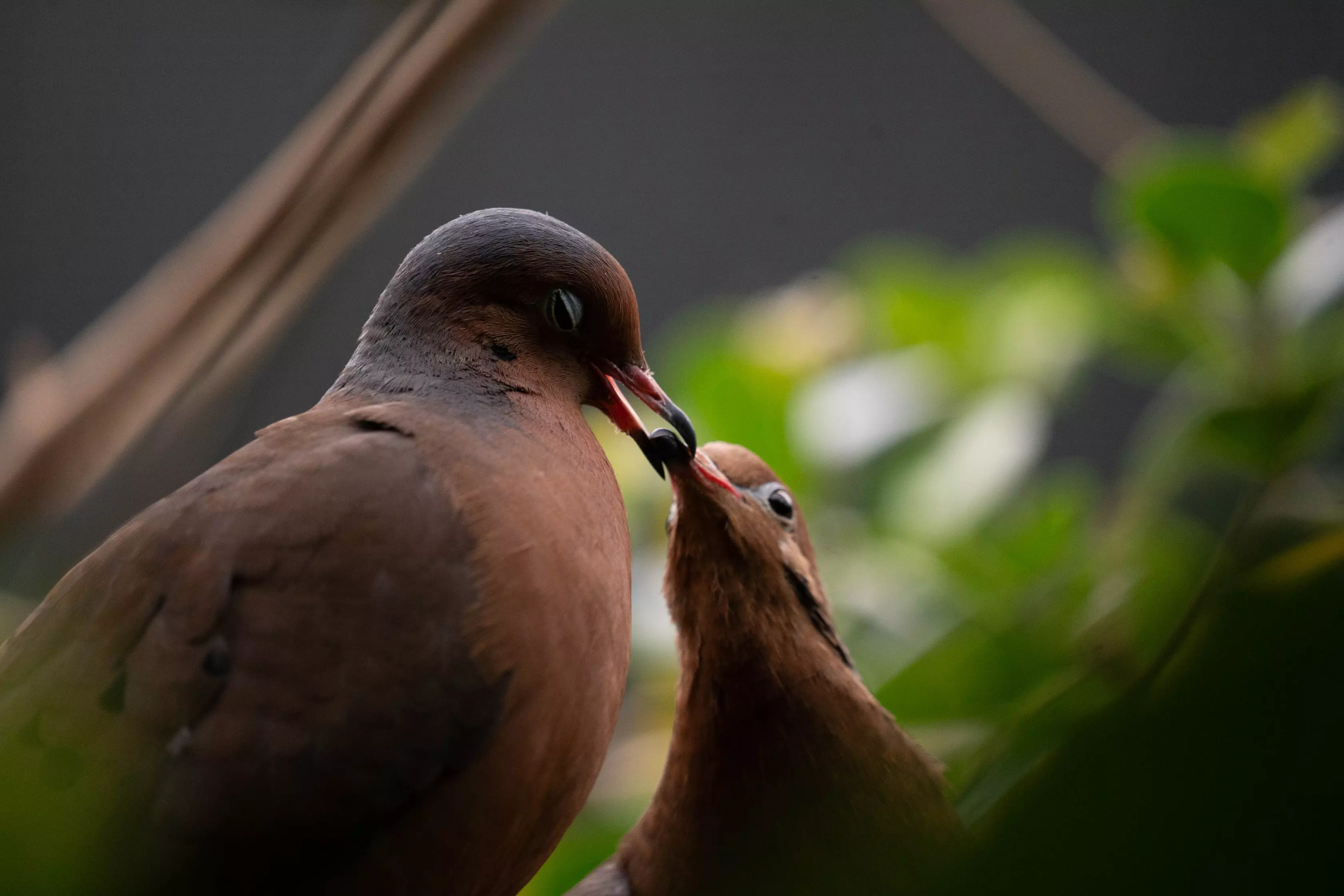
London Zoo is celebrating some very special Easter eggs, as three Extinct-in-the-Wild Socorro dove chicks have hatched at the conservation zoo.

The precious trio, which emerged from their eggs in late March, marks a hopeful milestone in the global mission to bring the species back from the brink of extinction.
The chicks were born to two pairs of parents, who each arrived at the zoo in late 2024 as part of an international breeding programme, which aims to boost numbers of the precious birds so that they can ultimately be reintroduced to their native habitat on Socorro Island, off the coast of Mexico. One chick has already taken a confident step towards independence, fledging the nest and moving a short distance to a neighbouring rocky perch within its home inside London Zoo’s Blackburn Pavilion, remaining within watch of mum and dad.
With approximately 180 Socorro doves left in the world, cared for by fewer than 50 conservation institutions, the arrival of three new chicks at London Zoo is a significant boost — nearly 2% of the species’ entire global population.
Gary Ward, London Zoo’s Curator of Birds, said: “The hatching of three Socorro dove chicks at London Zoo is a big step forward in our role to bring this species back from the brink of extinction. After importing some doves from Portugal’s Lagos Zoo at the end of last year, as part of the coordinated breeding programme, it’s fantastic to now see them successfully pairing with doves bred here at London Zoo. It’s a hopeful sign that a healthy Socorro dove population will return to their native island home one day”.
Socorro doves were once found in the dense woodlands of Socorro Island, but by the early 1970s, their numbers had been decimated due to habitat loss caused by deforestation and the introduction of non-native predators. Feral sheep, introduced in the late 1800s, had stripped the island of vegetation, destroying vital nesting sites. Today, just 181 individuals remain in human care worldwide.
Ward added: “Each successful hatch is a major step forward for the Socorro Dove Project. Socorro doves have been Extinct-in-the-Wild since 1972, surviving only thanks to carefully managed breeding programmes across Europe and North America. It is from these programmes that we hope to see the species returned to its native island in the not-too-distant future”.
Adrian Walls, Team Leader for Tropical Birds at London Zoo, said: “The chicks are doing well and growing so quickly. We kept a close eye on the nest and saw some really promising behaviours from the new family, with both parents feeding and brooding their young – key indicators of a strong bond. As the chicks continue to develop, their dusty brown feathers will gradually shift into the rich cinnamon tones of adult Socorro doves, complete with incredible iridescent pink and blue feathers on the nape of their necks.”
“It’s very exciting to have these three very special eggs, from an Extinct-in-the-Wild species, hatch here at the Zoo – and just in time for Easter! We can’t wait to see the chicks grow from strength to strength this spring.”
The birth of these three doves represents an important milestone for the Socorro Dove Project, an international initiative working to reintroduce this Extinct-in-the-Wild species to Mexico’s Socorro Island by 2030. The project is a collaboration between ZSL (the conservation charity behind London Zoo), key partners in Mexico, Frankfurt Zoo, Africam Safari, and other institutions within the EAZA (European Association of Zoos and Aquariums) and AZA (Association of Zoos and Aquariums) networks, dedicated to safeguarding the species.
